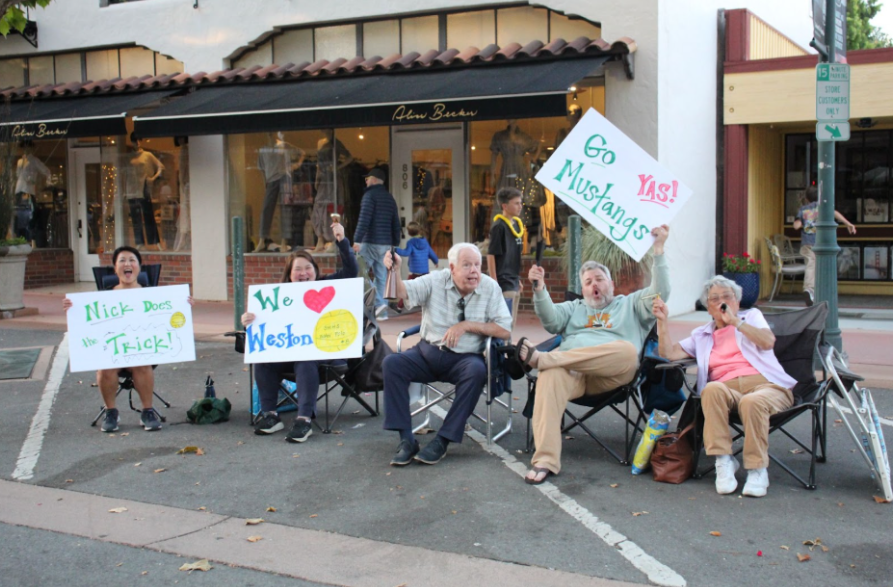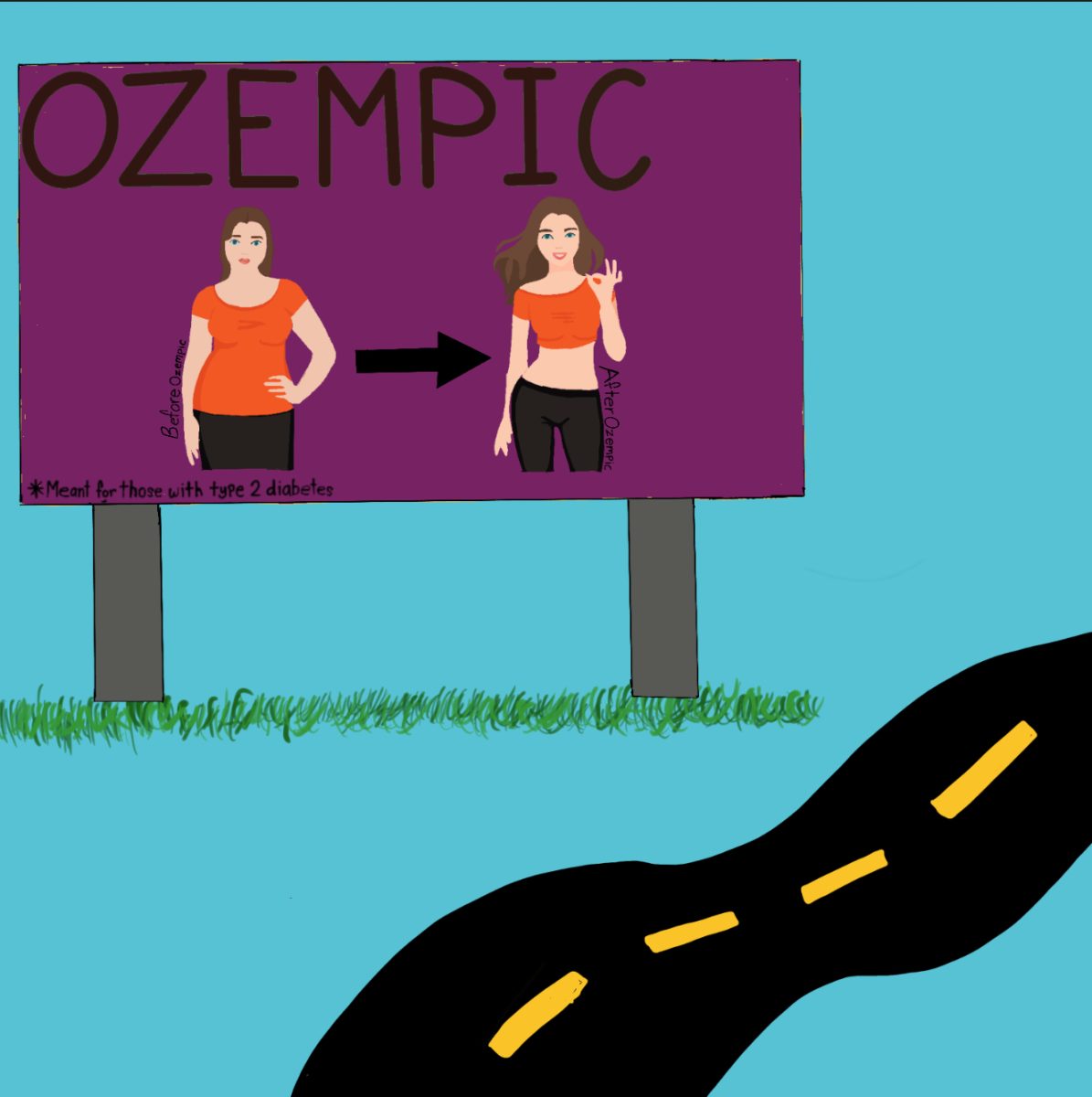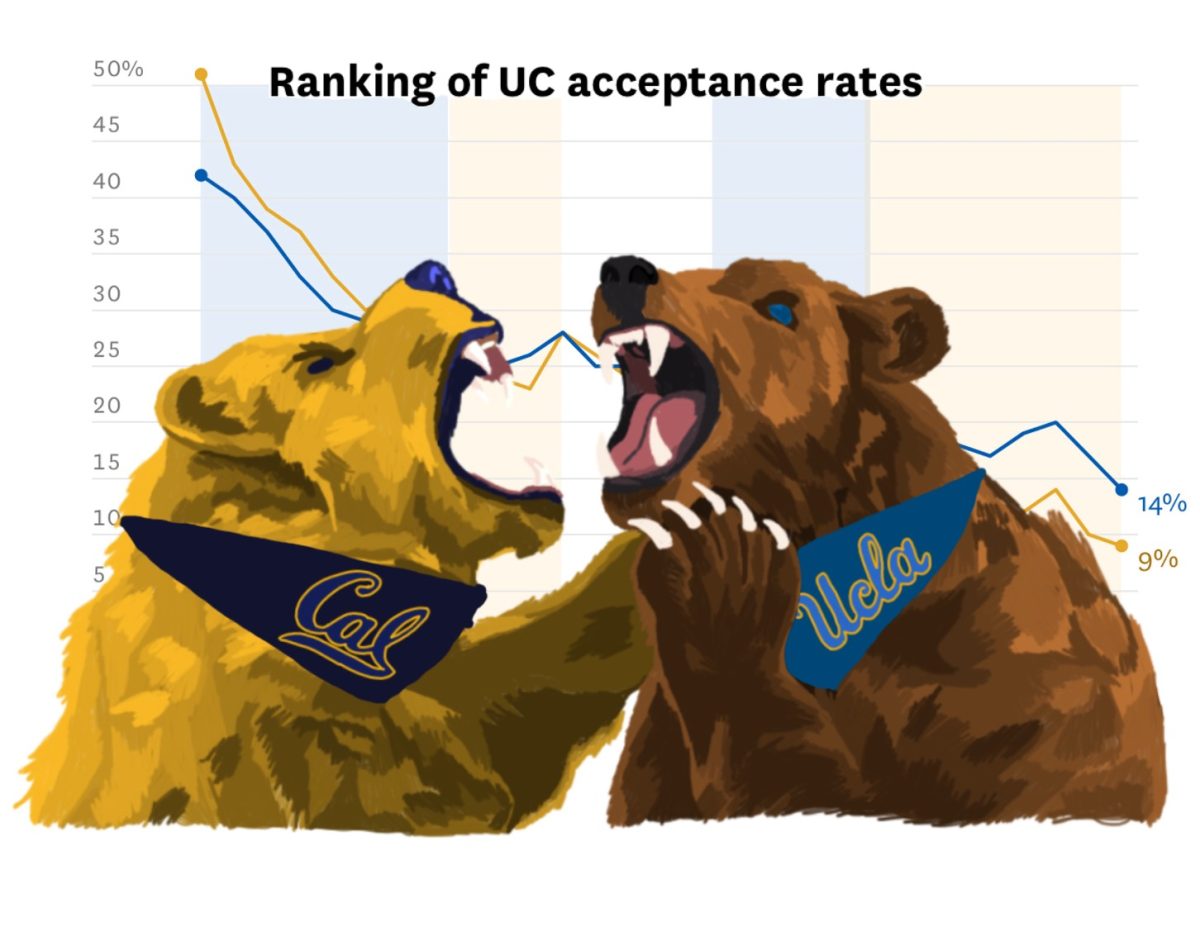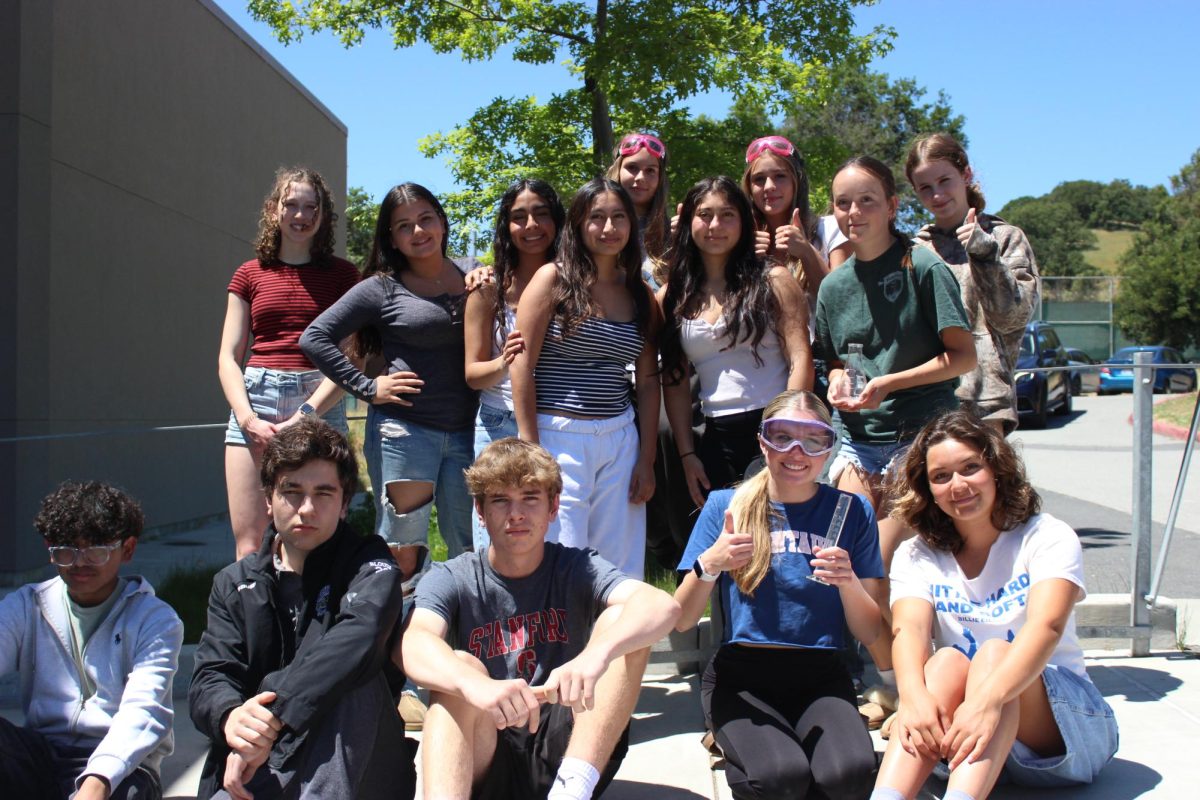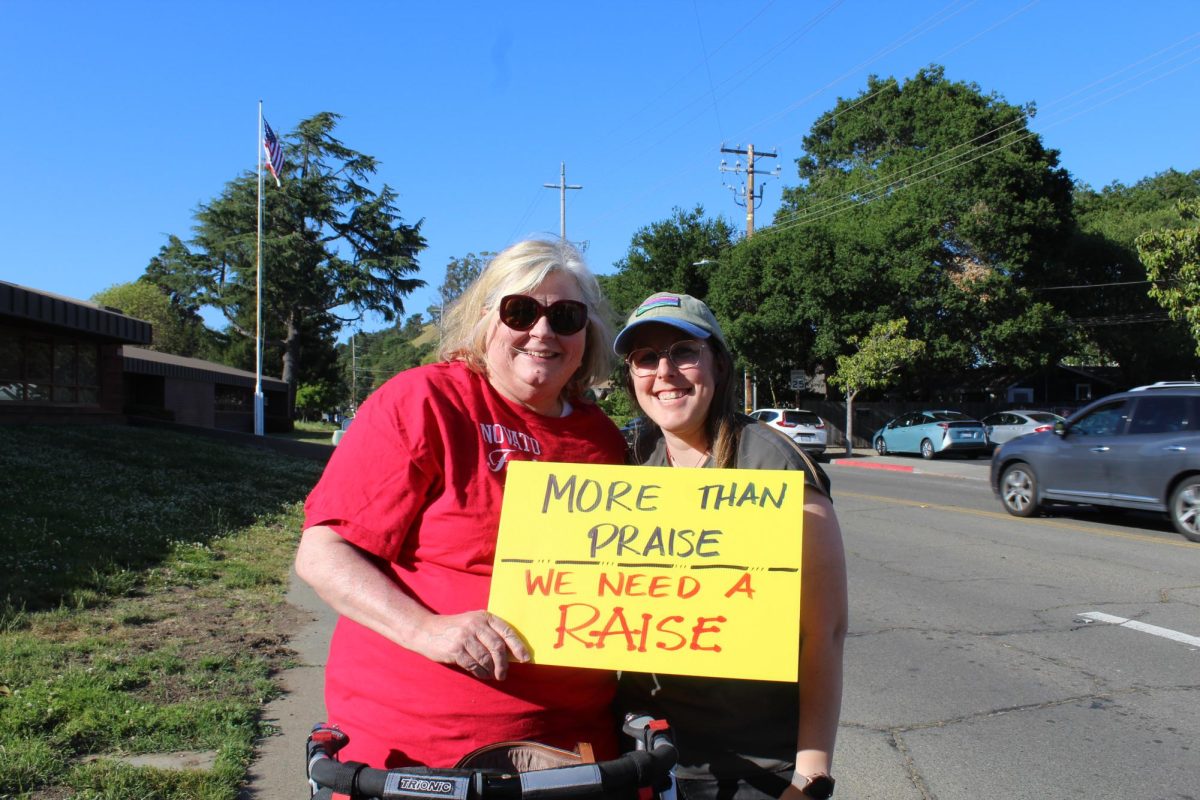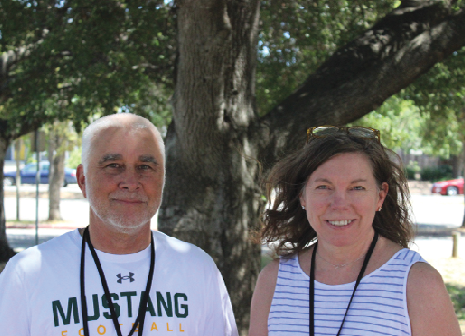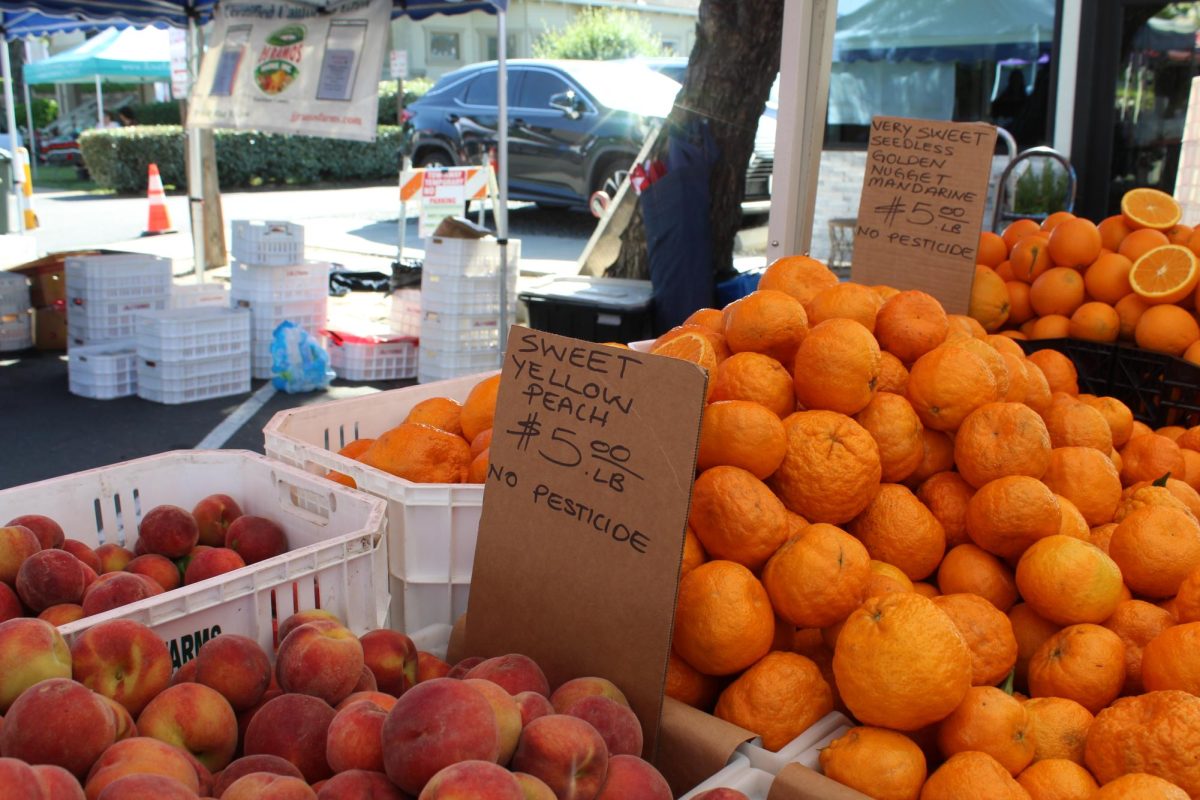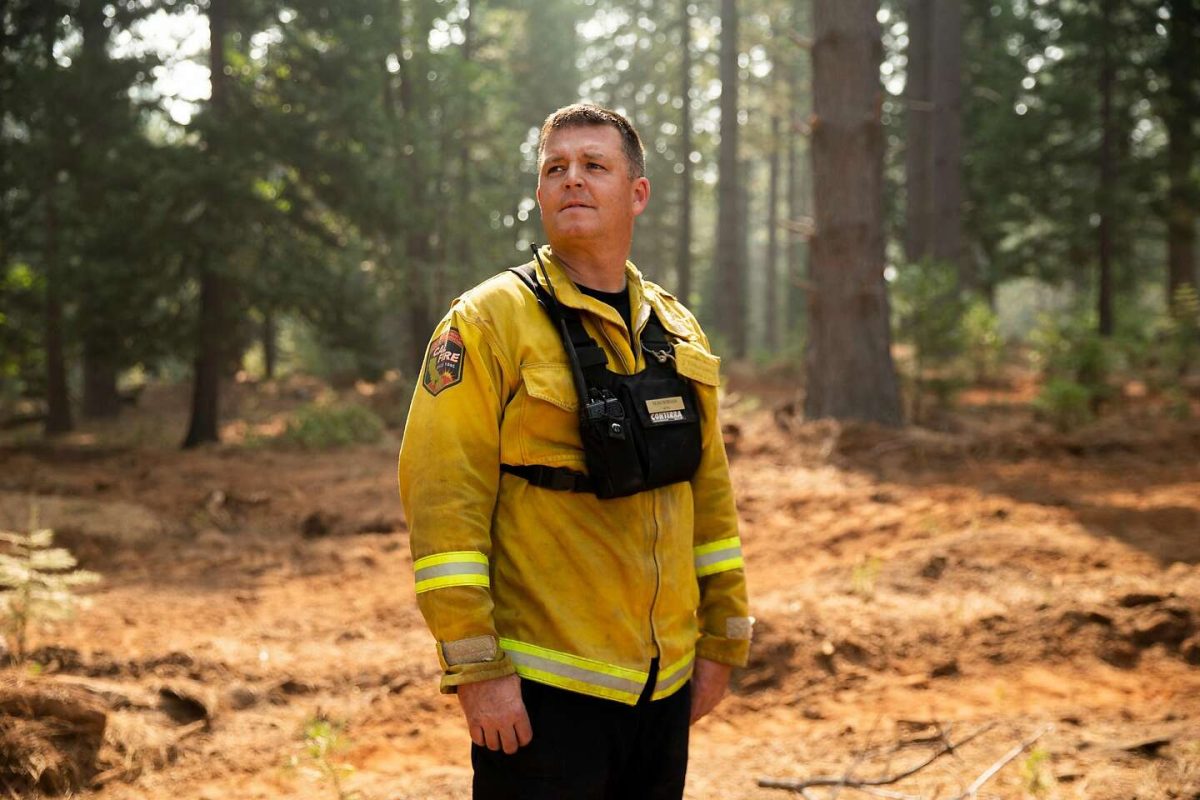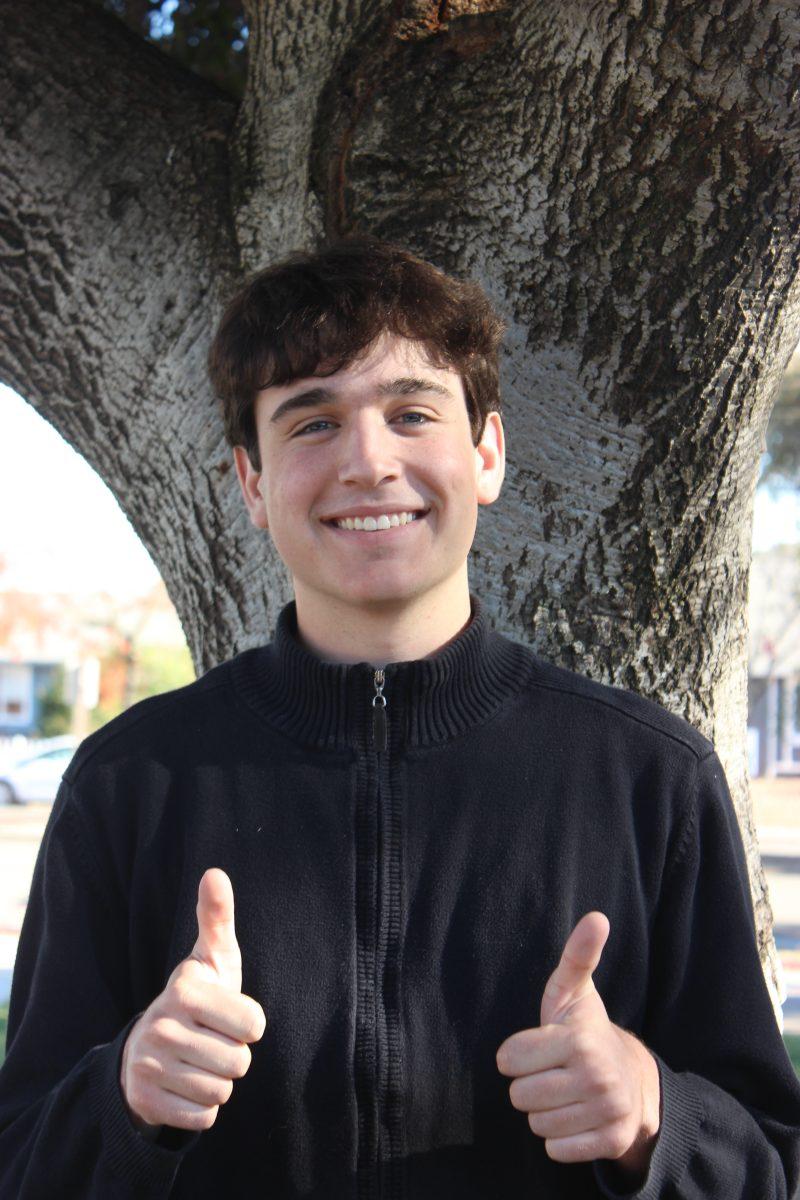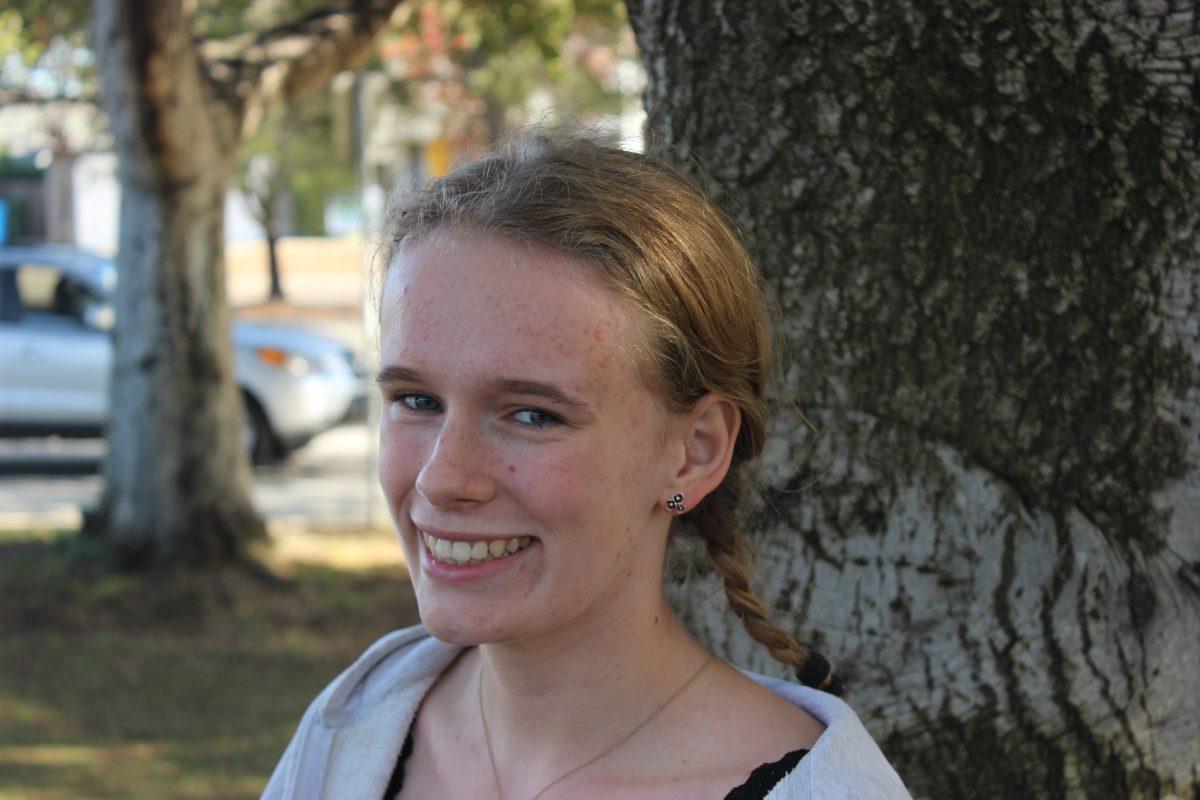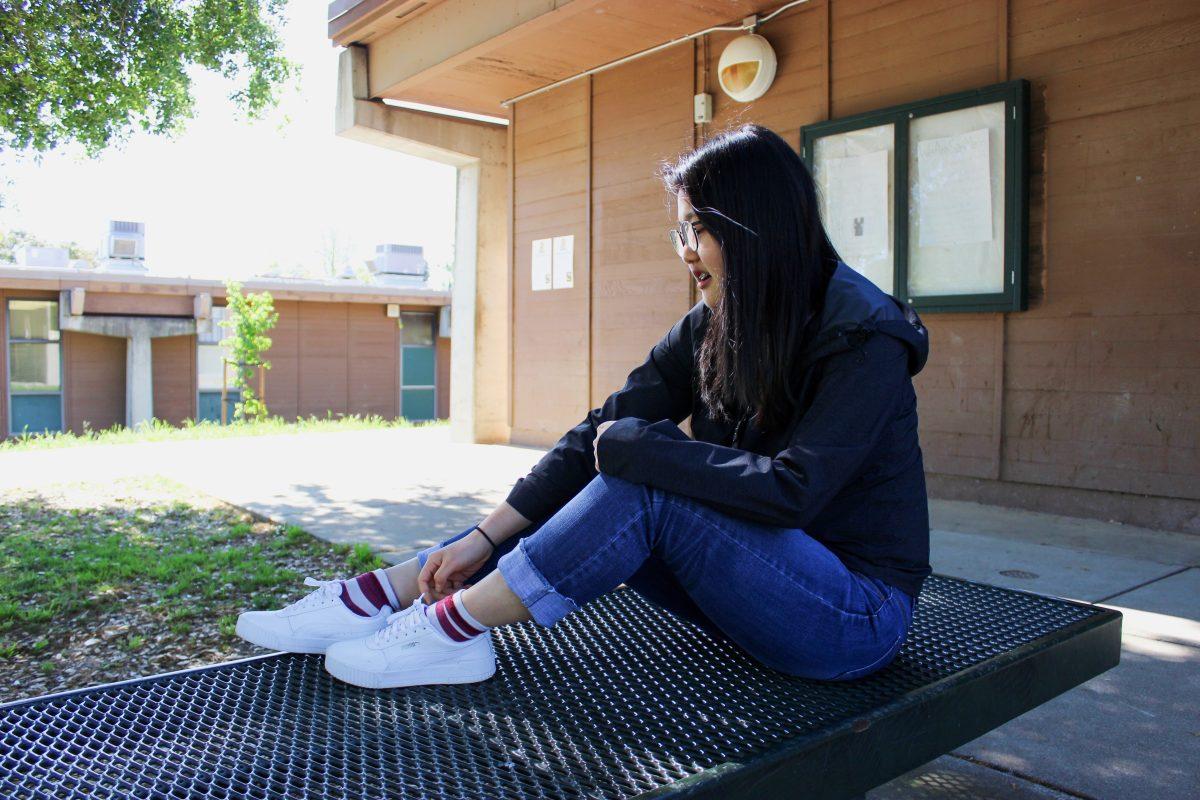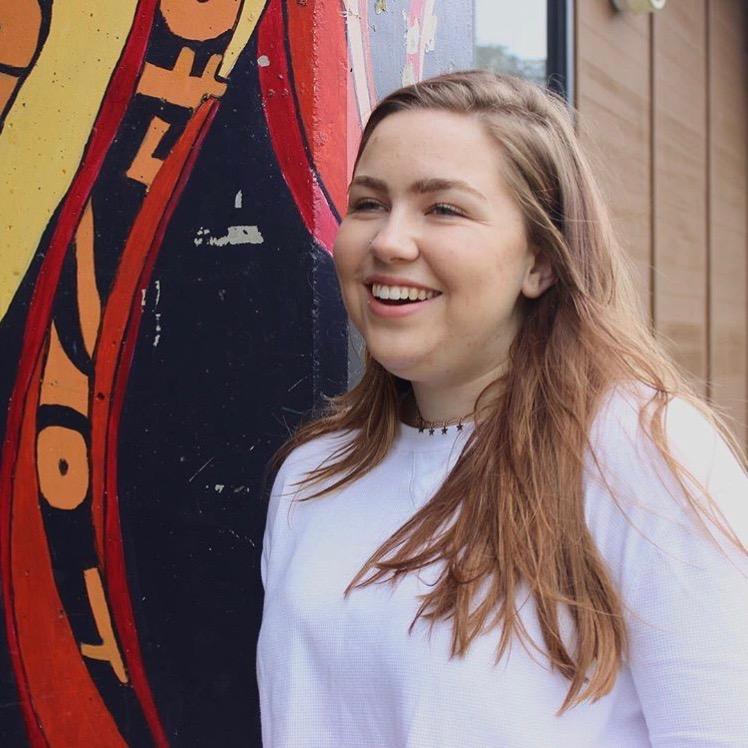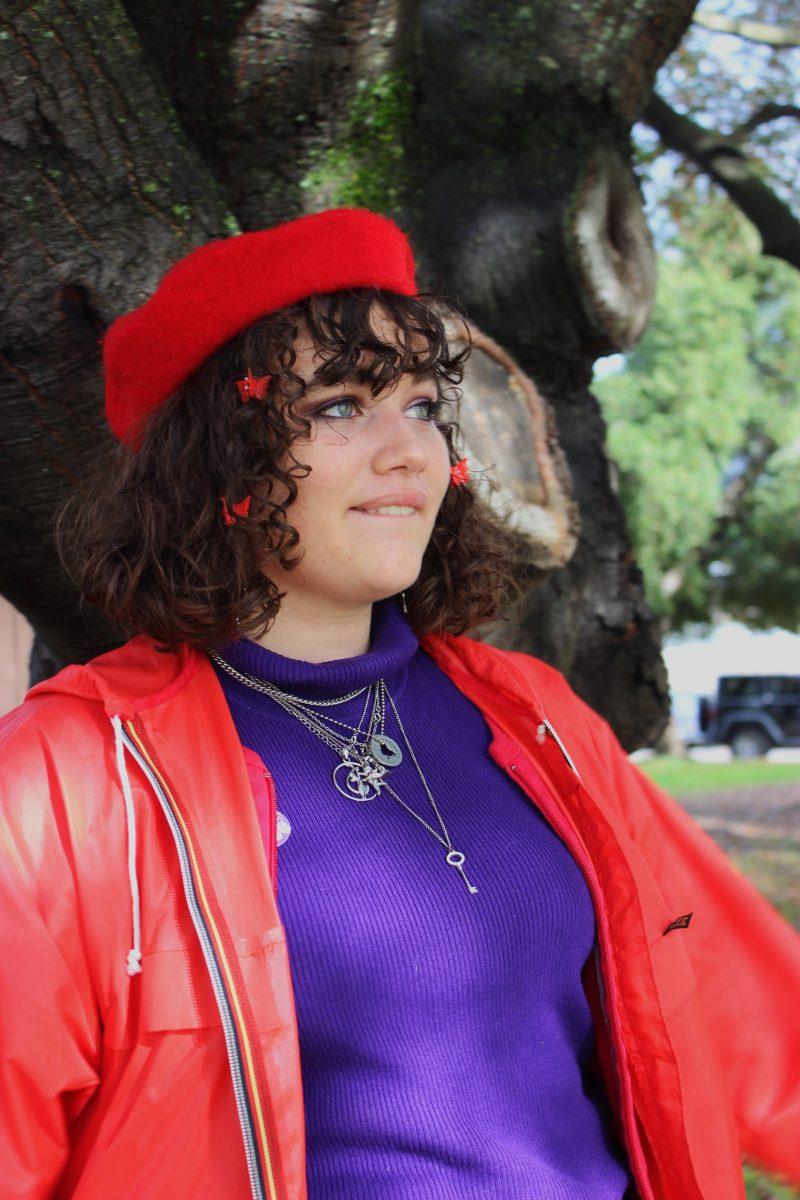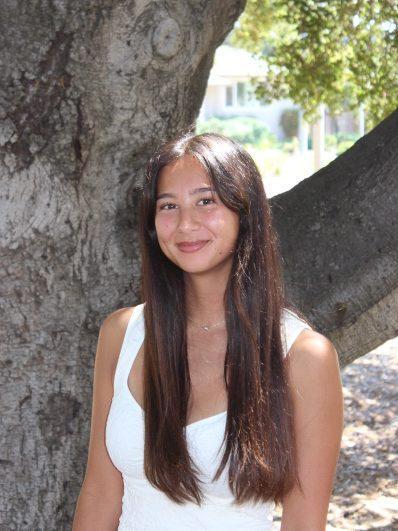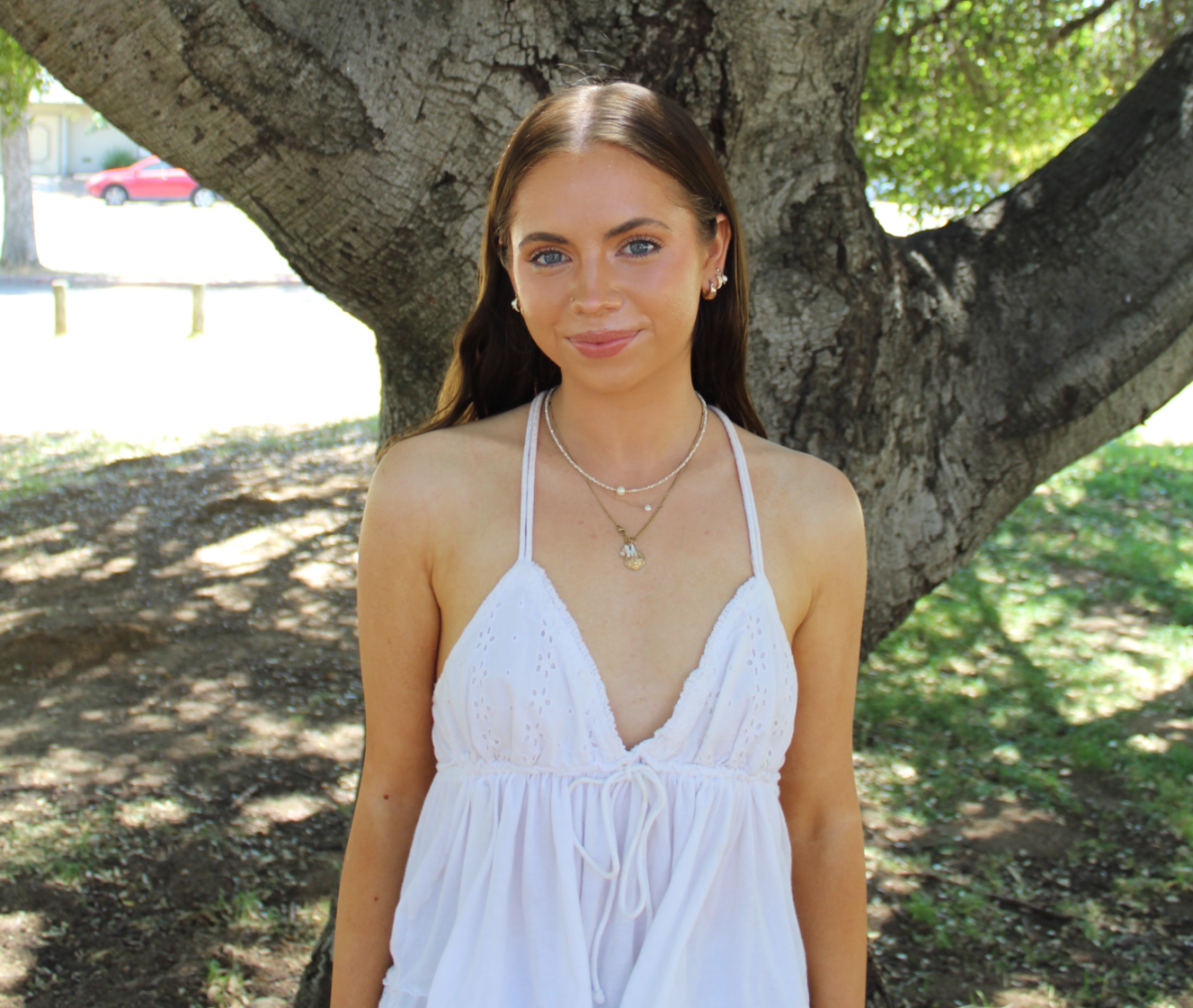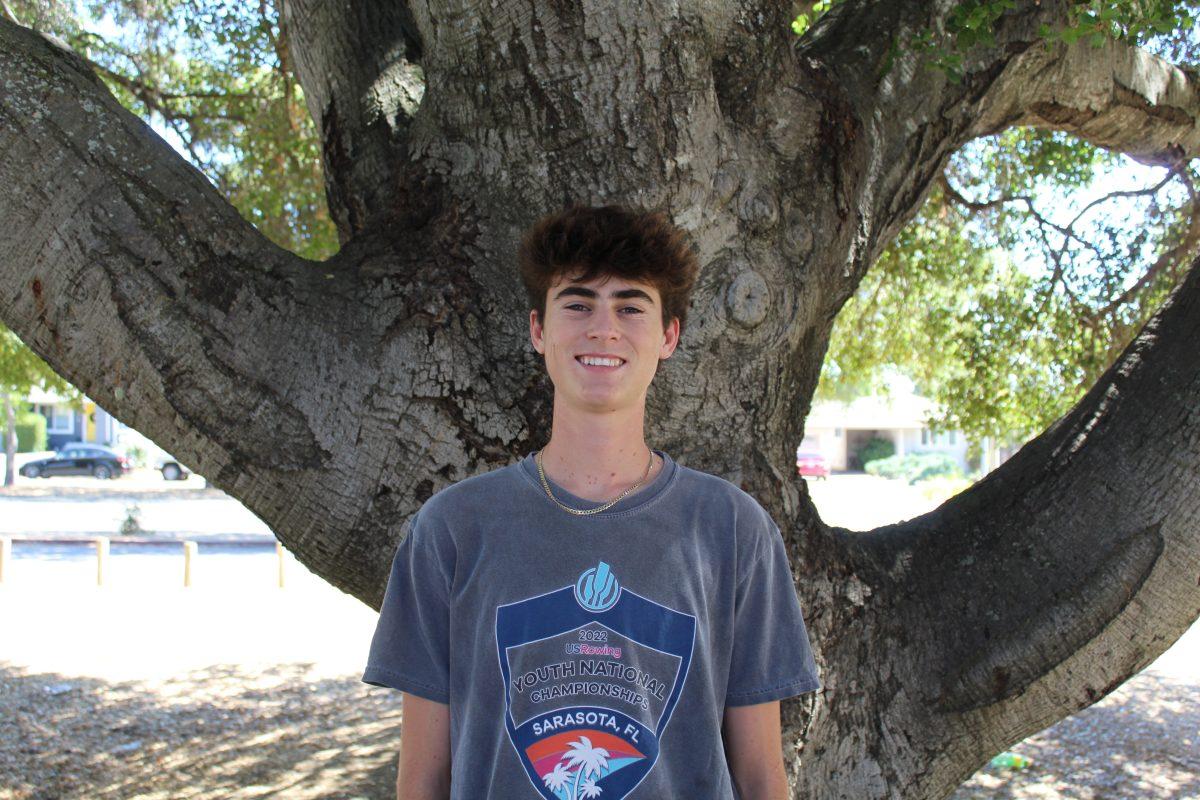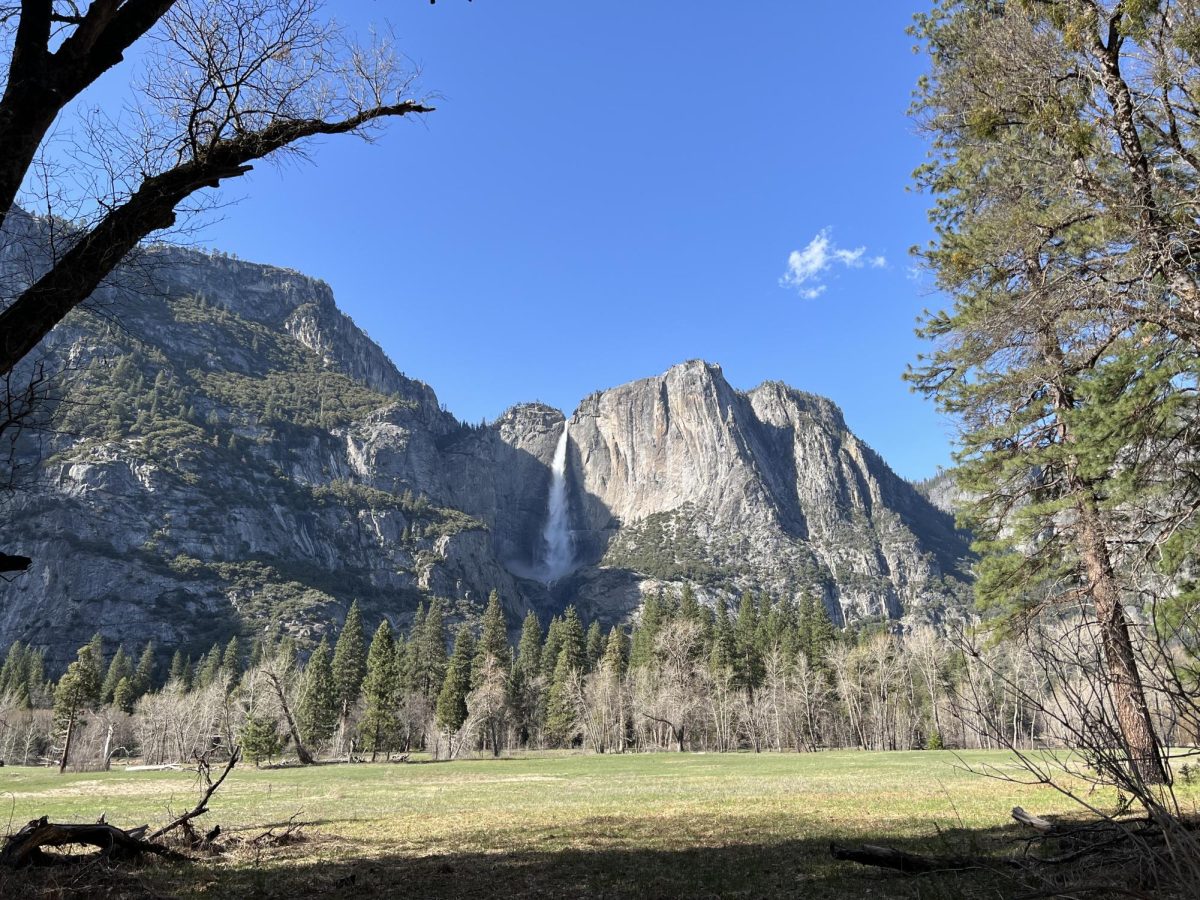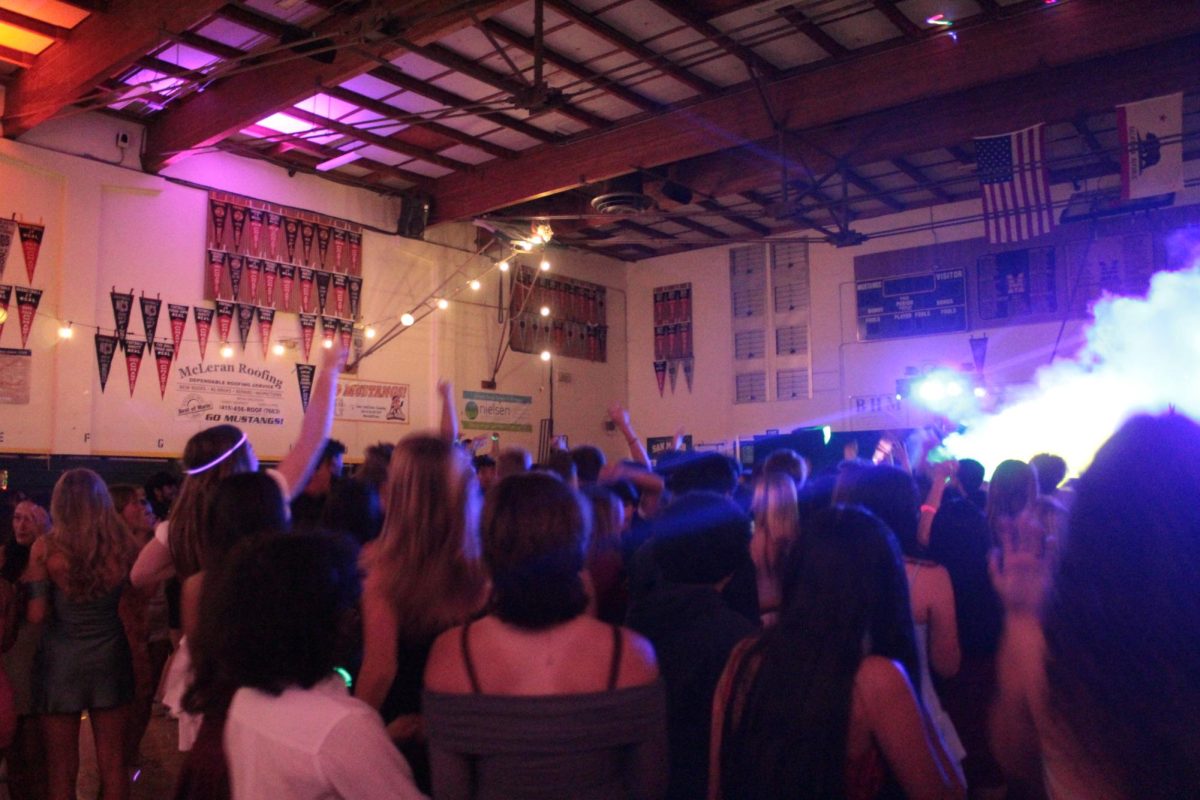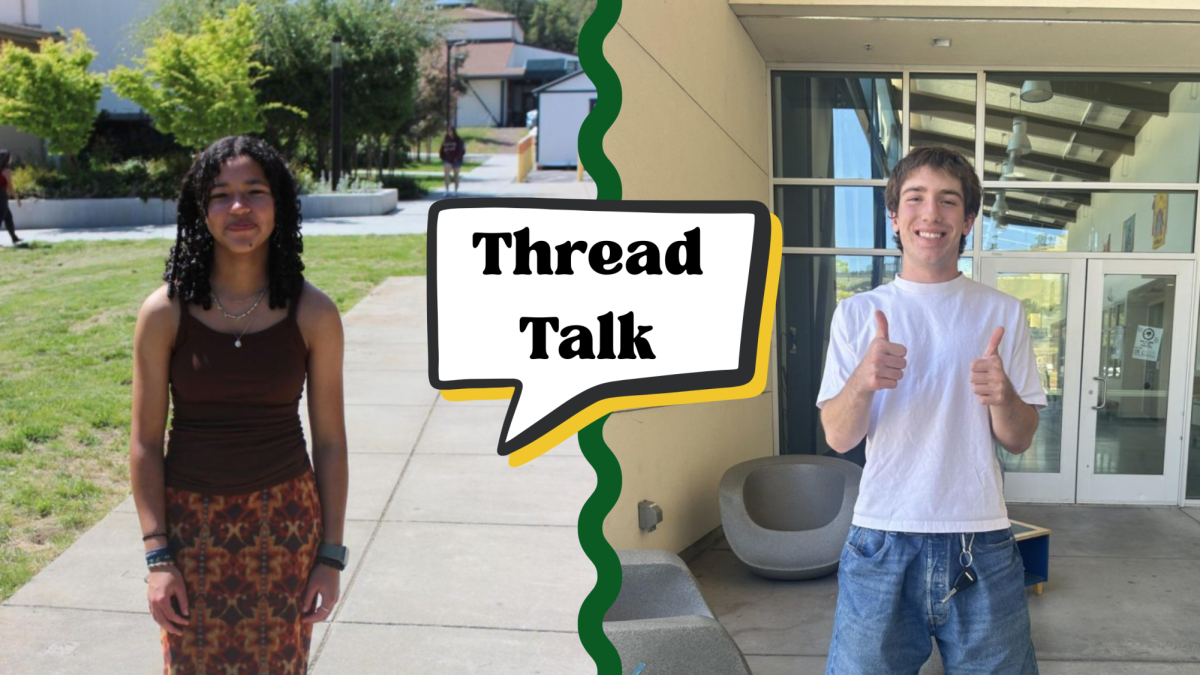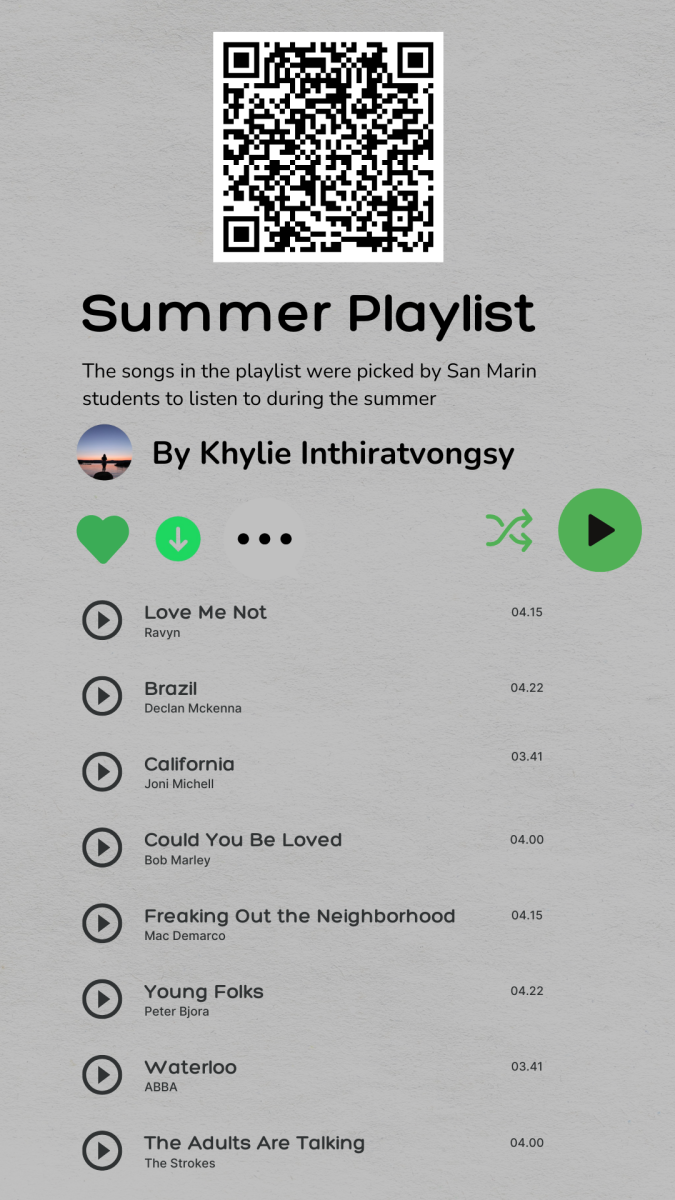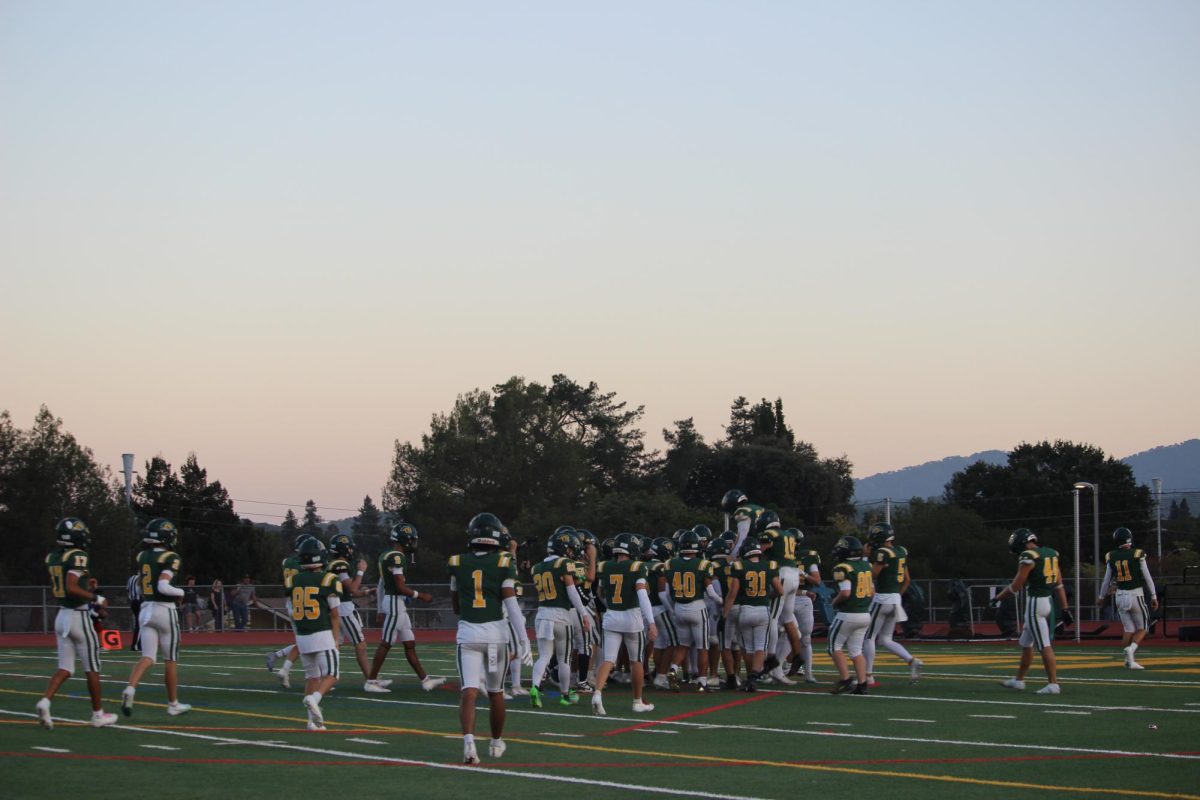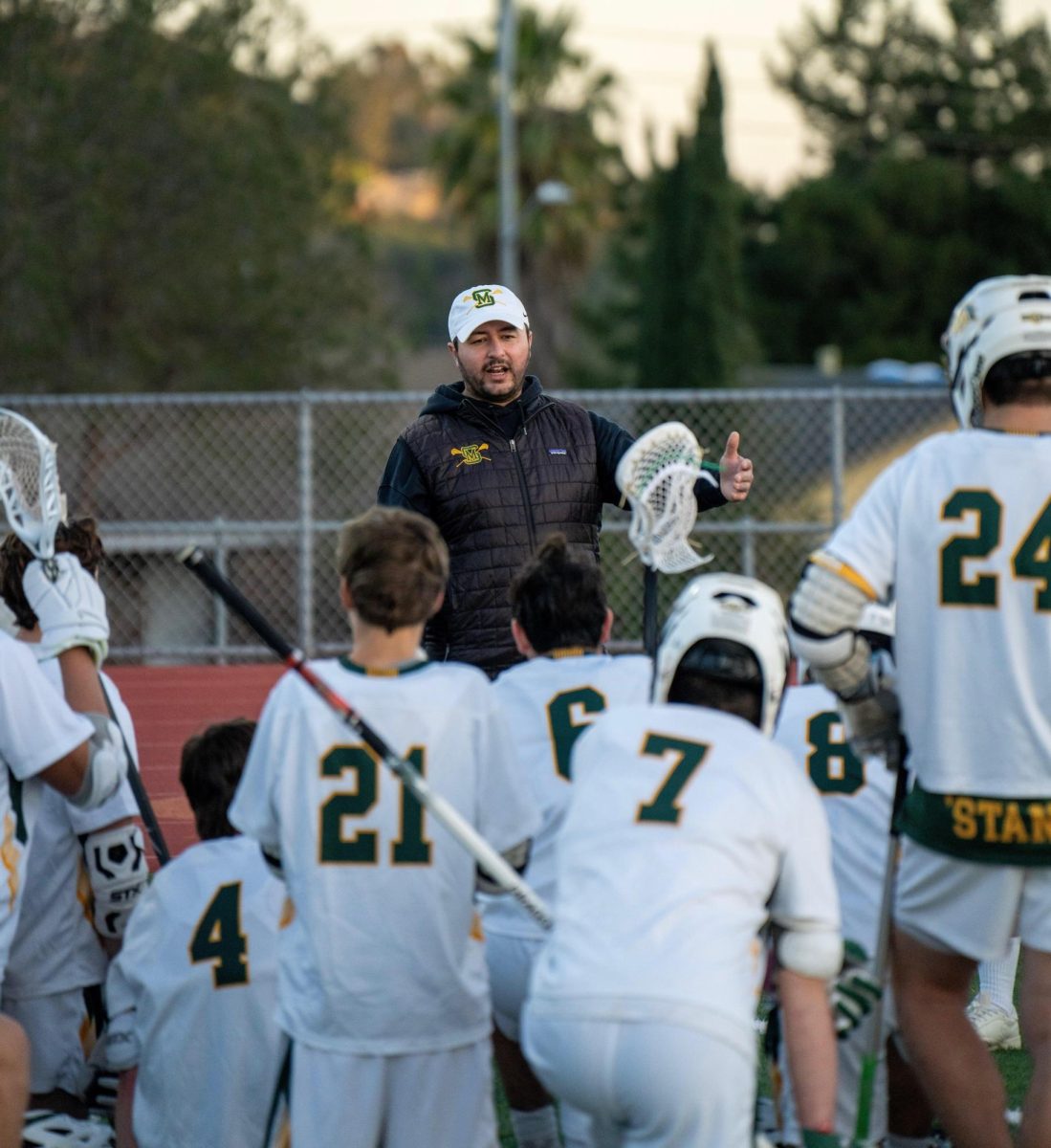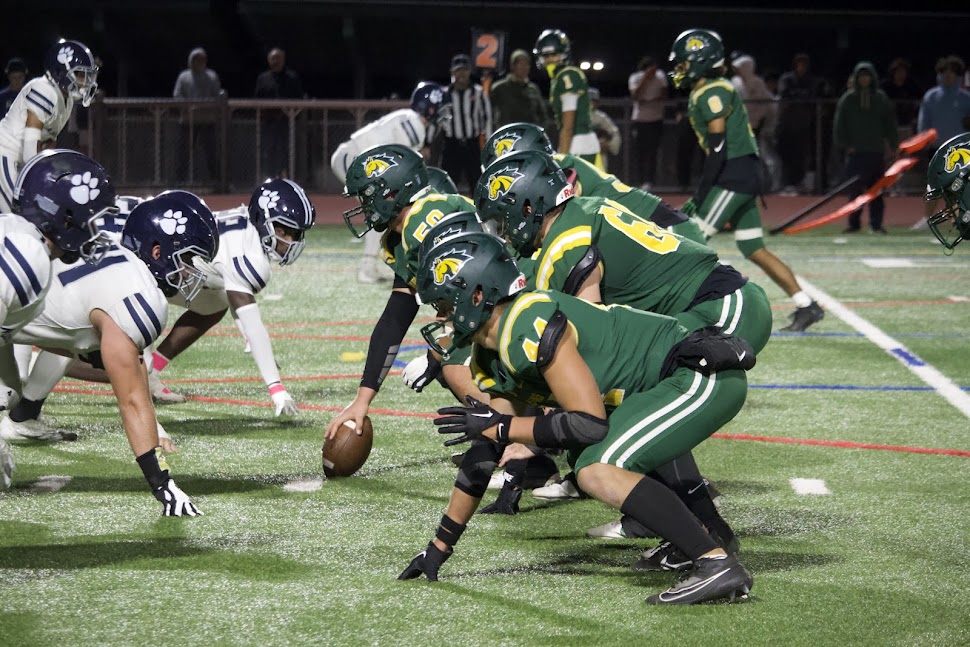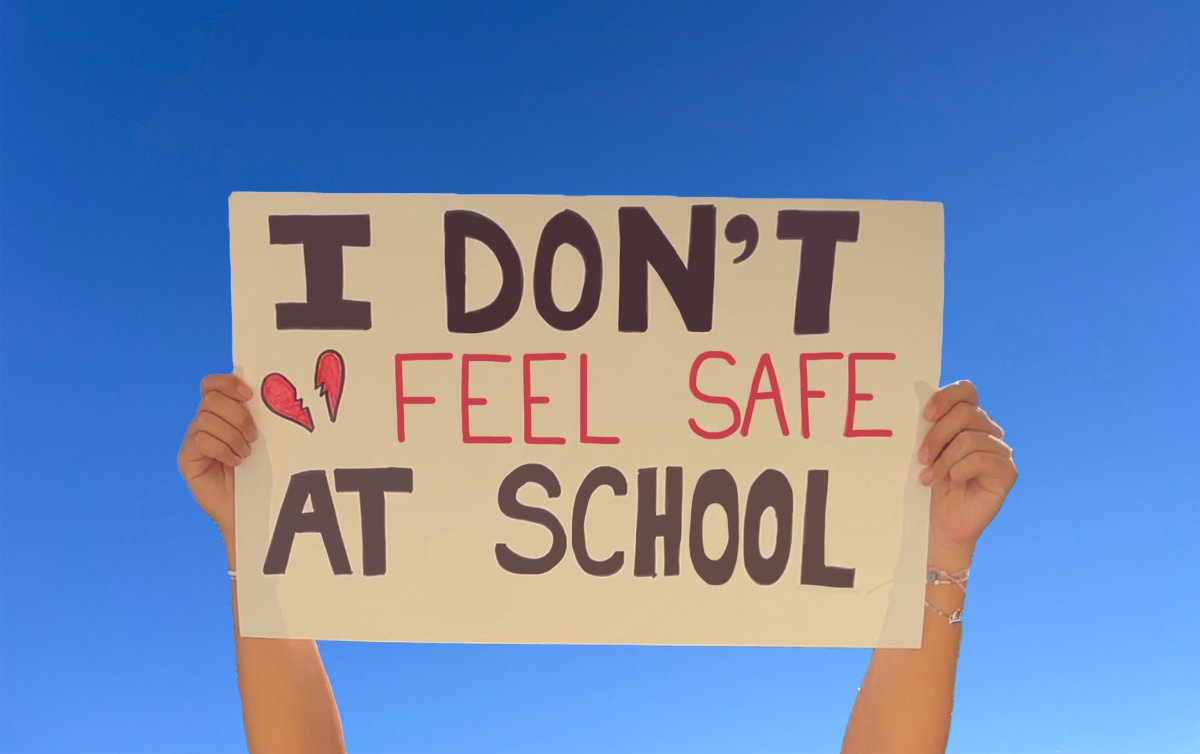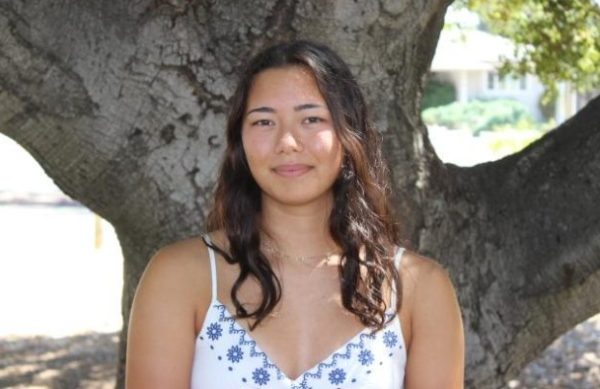The classroom is still. The blinds are drawn. Footsteps approach, the door handle rattles twice, then silence. Heavy minutes pass and you stay crouched in the back of the room. The door is unlocked, the lights flicker back on, and your lesson resumes. For you, the drill is only a 10-minute disruption in an otherwise uneventful school day.
Some students aren’t so lucky. Since the 1999 Columbine High School shooting in Colorado, there have been over 400 school shootings across the United States, according to The Washington Post, which tracks when children are “exposed to gun violence during school hours.” The Library of Congress classifies school shootings as an event taking place on a school campus or at a school-sponsored event, where one or more people are injured or killed by a firearm. Data compiled by CNN, based on Congress’ definition, shows that the number of school shootings has been increasing annually since 2017.
Social media has become a breeding ground for threats. People—especially students—experience a disconnect between action and consequence when hidden behind a screen. This has led to online threats becoming more prevalent due to the false sense of security social media can provide. Adolescents ignore the looming repercussions, forgetting that freedom of speech is not limitless or defended by social media. Using threatening language and posting about potential violence creates dangerous situations and can be harmful to educational environments.
On Friday, Sept. 13 of this year, the Tamalpais Union High School District (TUHSD)—which includes Redwood, Tamalpais, and Archie Williams high schools—received a bomb threat that shut down all three schools. Hall Middle School, which is down the street from Redwood, was shut down as well. On the same day of the bomb threat, the Federal Bureau of Investigation (FBI) found evidence of a separate shooting threat on social media directed at TUHSD.
The incident was investigated and a 15-year-old girl from San Anselmo was arrested for her involvement in the shooting threat. The day prior, Petaluma and Casa Grande high schools were the recipients of criminal threats that had been posted to social media, and the Petaluma Police Department arrested the 14-year-old boy found responsible.
Samantha Dvorin, a senior at Archie Williams, received news of an on-campus evacuation before school on Sept. 13 and was instructed by the district to stay home that morning via email.
“It is jarring how fast information can spread. School shooting and threat awareness on social media is so necessary to protect students, but having all this past information [about shootings] available to the public can also inspire people to send in fake threats or even commit acts of violence like the ones they see on social media,” Dvorin said. “A lot of shooters are inspired by Columbine.”
San Marin has also experienced scares from school shooting threats. In January of 2023, many students stayed home due to rumors regarding a potential shooting.
Former principal Jennifer Larson sent an email to the San Marin community about the false facts proliferating on campus: “Unfortunately, the spread of rumors and inaccurate information such as this often causes more harm and fear to both the target of the rumor and the larger school community.”
While the school was not closed, it was later decided that all absences would be excused that day.
An anonymous San Marin student felt that the incident was overlooked and credited it to the increase of reckless behavior online.
“I do think that because it’s so much in the media and it happens so much that a lot of us tend to be desensitized and don’t take it seriously. And we should be taking it seriously,” the student said.
There is an overall student indifference towards the possibility of acts of violence on campus, with many students using casual jokes as a method of coping. Dvorin feels that students are so used to gun violence that they feel unfazed and don’t feel the need to initiate reform.
“Sending thoughts and prayers isn’t action but that’s what people are used to. I think a lot of people have just accepted that this is reality and nobody is doing anything to stop it,” Dvorin said.
